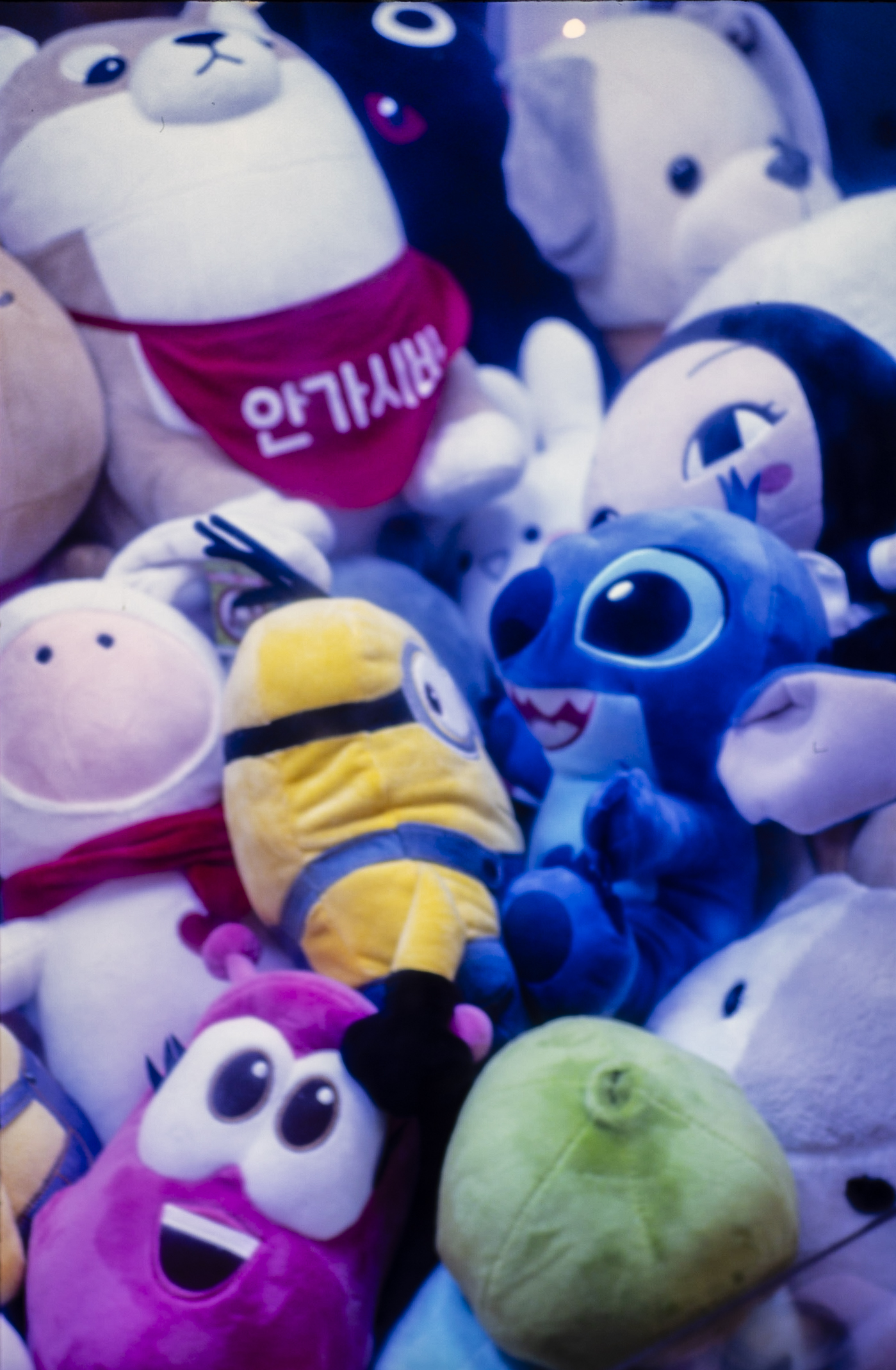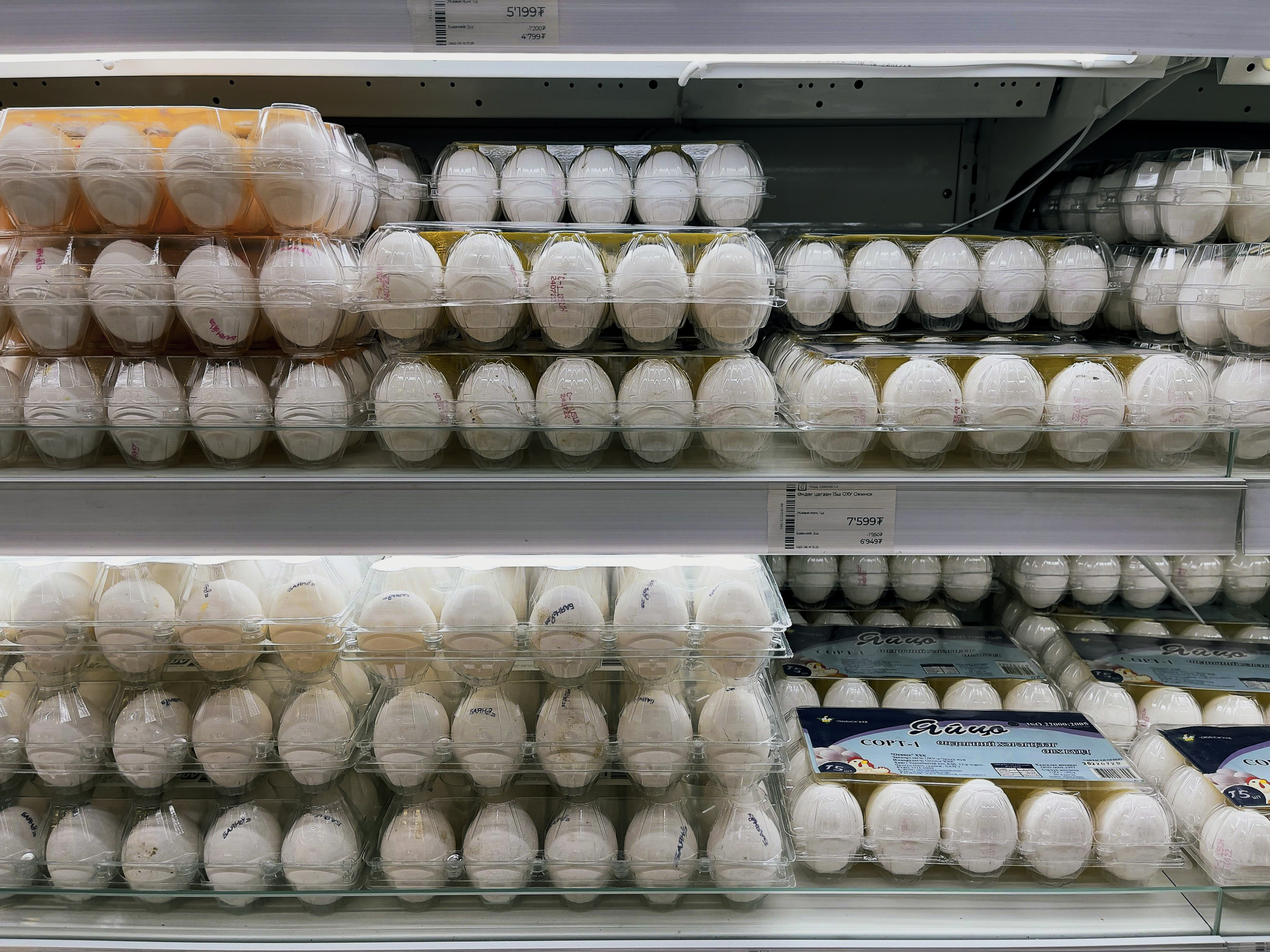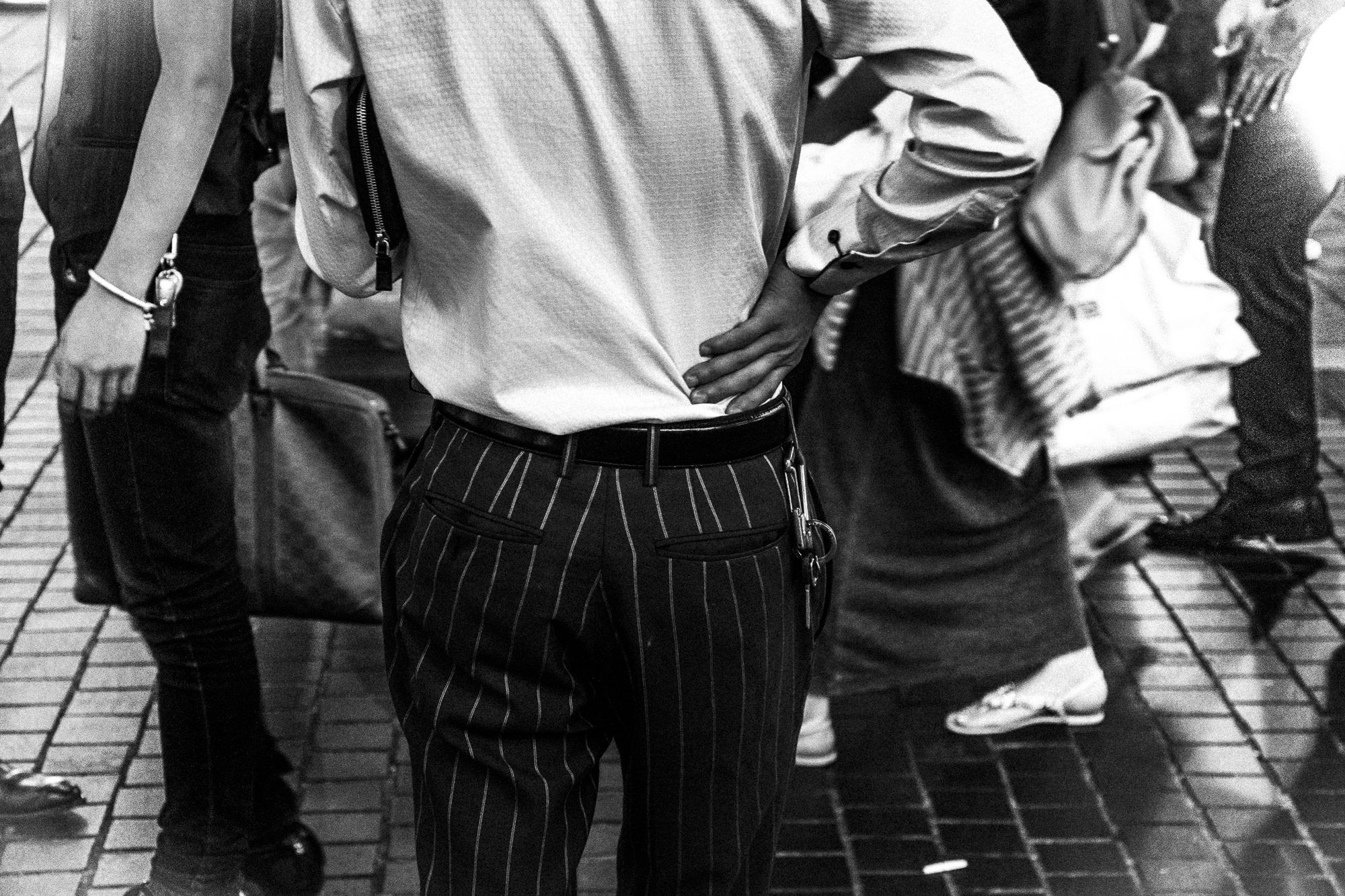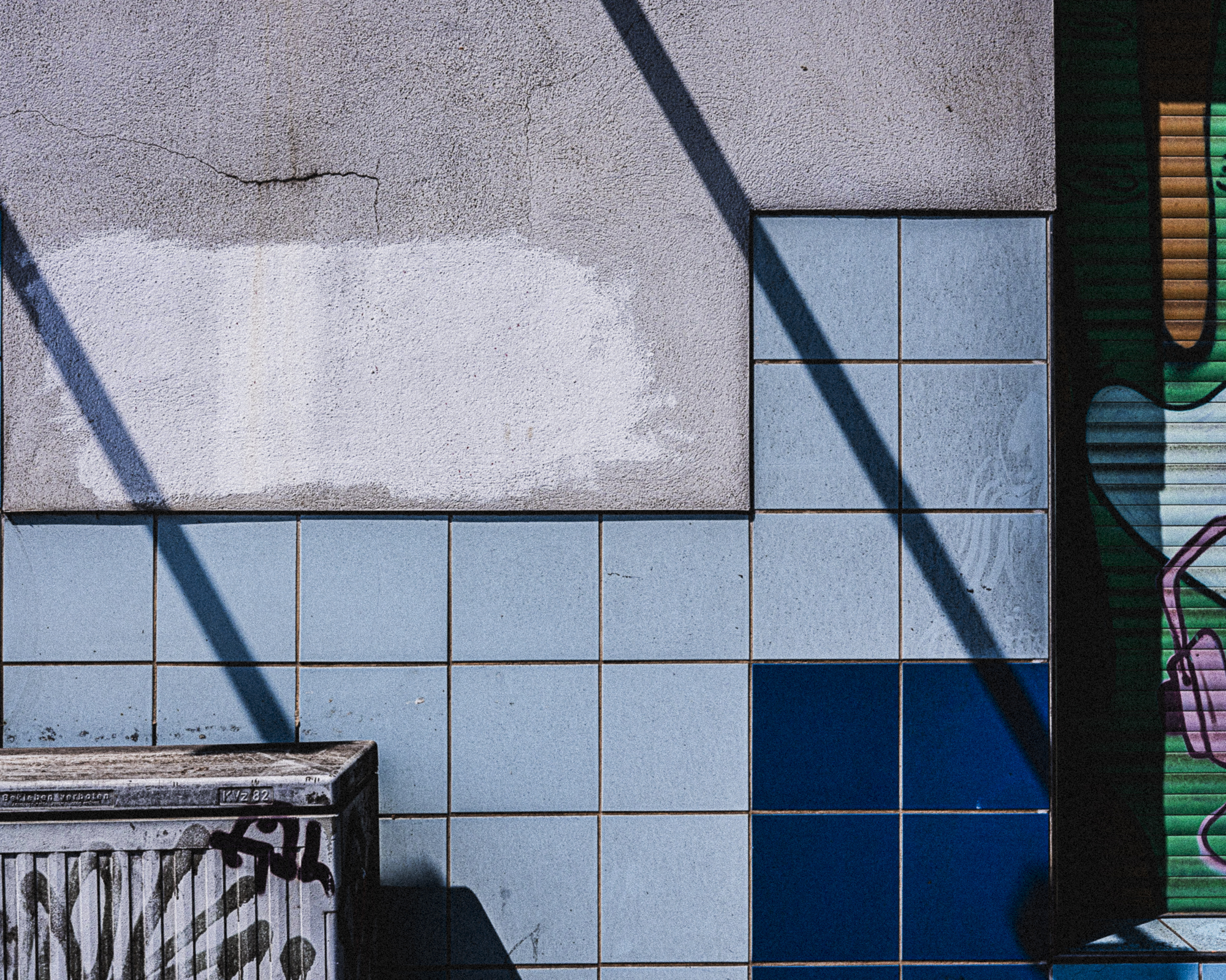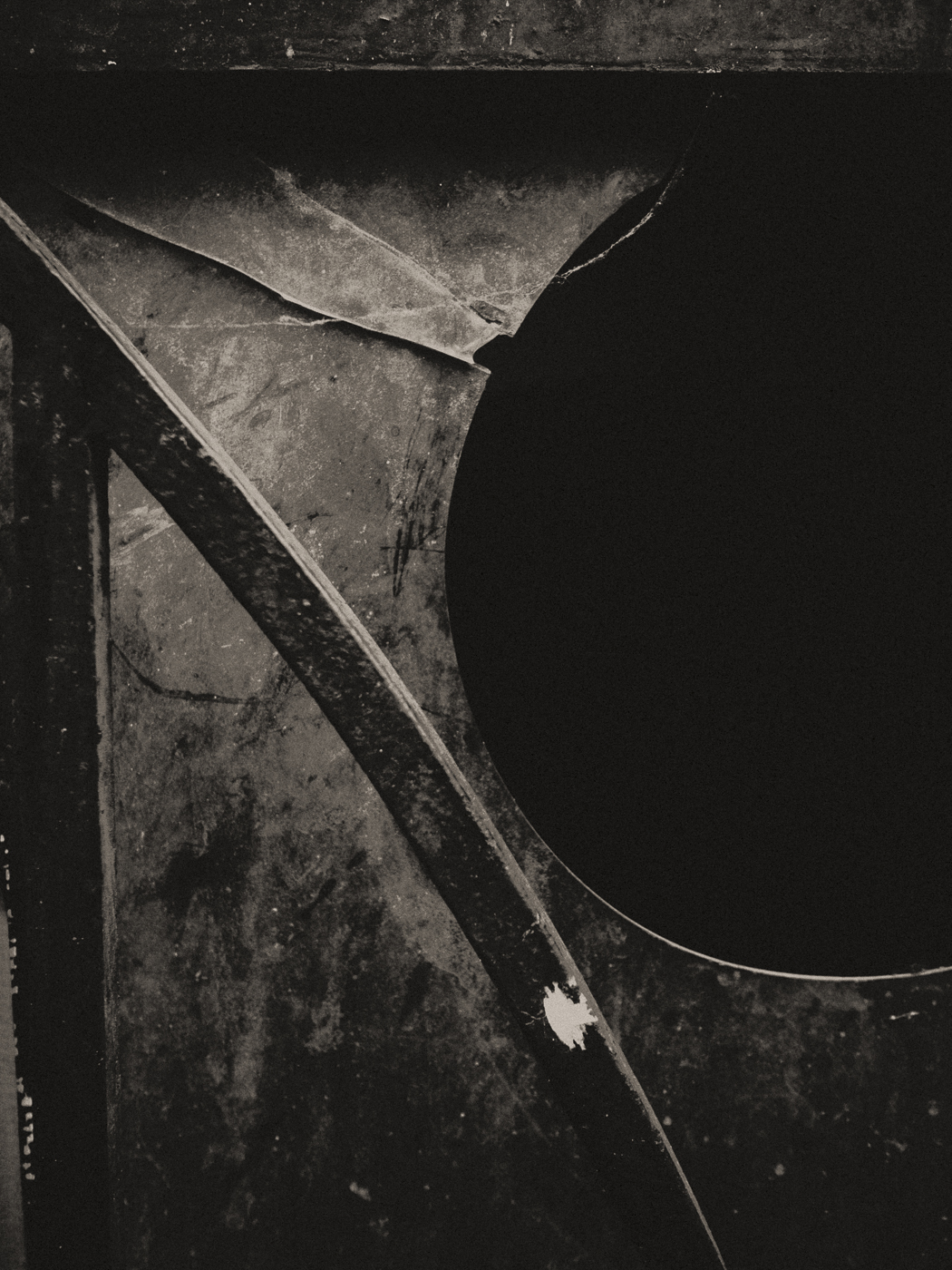
The room is dimly lit, with the only source of illumination being a flickering, bare bulb hanging from the ceiling. The air is thick with the smell of stale cigarette smoke, lingering from countless previous guests. The faded floral wallpaper peels at the corners, revealing the passage of time.
In one corner of the room stands a worn-out bed with a faded floral bedspread that has seen better days. The mattress sags in the middle, leaving an imprint of the countless restless souls who have rested there. A single, dim bedside lamp with a frayed shade casts long shadows across the cracked nightstand, where an ashtray overflows with cigarette butts.
Against the opposite wall, a big, clunky television sits atop a scratched wooden dresser. The TV screen emits a constant flicker of white noise, the grainy static providing a disconcerting soundtrack to the room’s eerie atmosphere. The dresser itself is adorned with chipped paint, and its drawers squeak with protest when pulled open.
A single, threadbare armchair sits near the window, its upholstery worn thin from years of use. The heavy, moth-eaten drapes are drawn shut, allowing only thin streaks of muted streetlight to filter through the accumulated grime. The room feels frozen in time, a forgotten relic from a bygone era.
As you step further into the room, the floor creaks beneath your weight, and the silence is broken only by the distant hum of city life outside. It’s a place where secrets linger in the shadows and the air is heavy with the ghosts of the past,
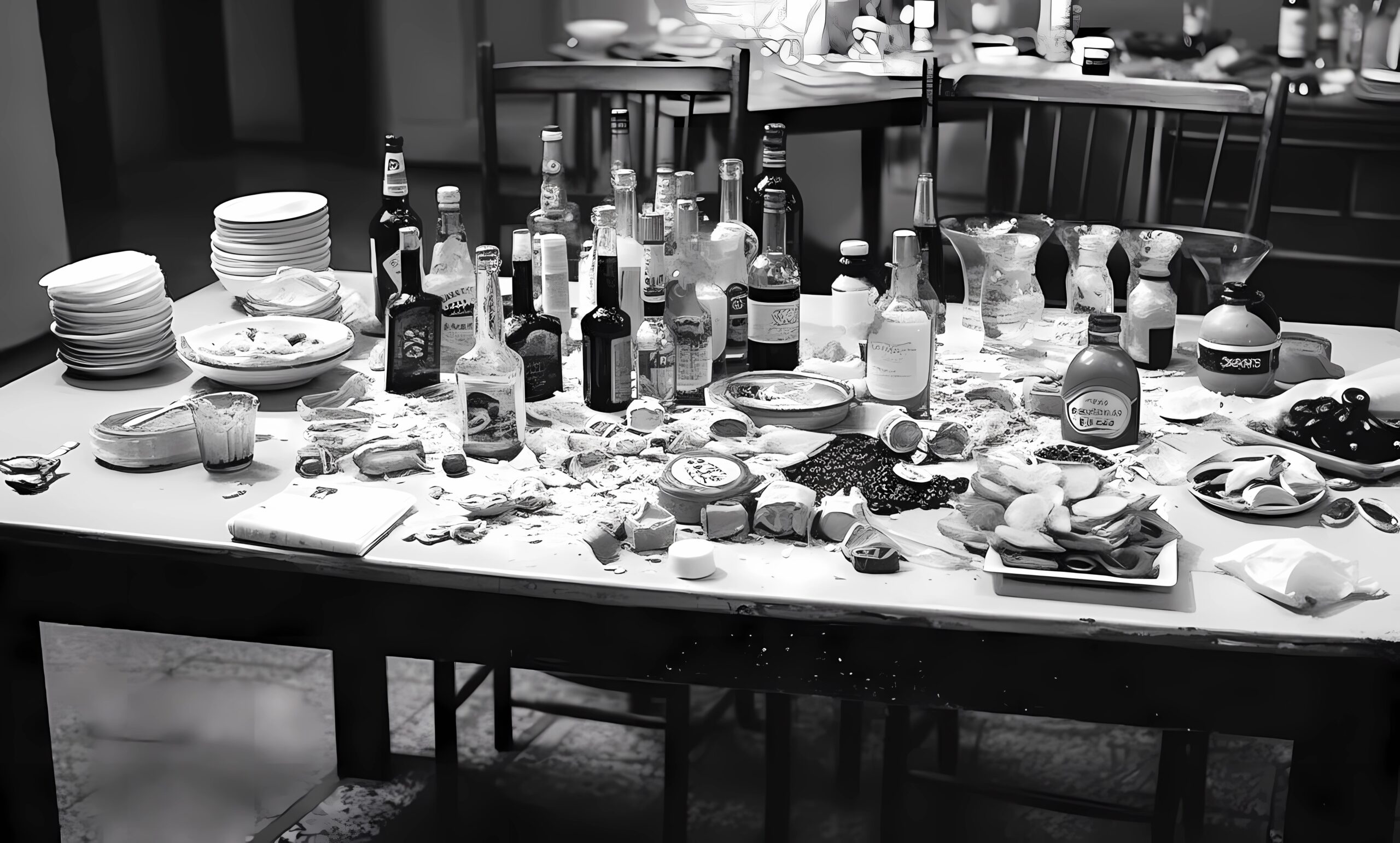
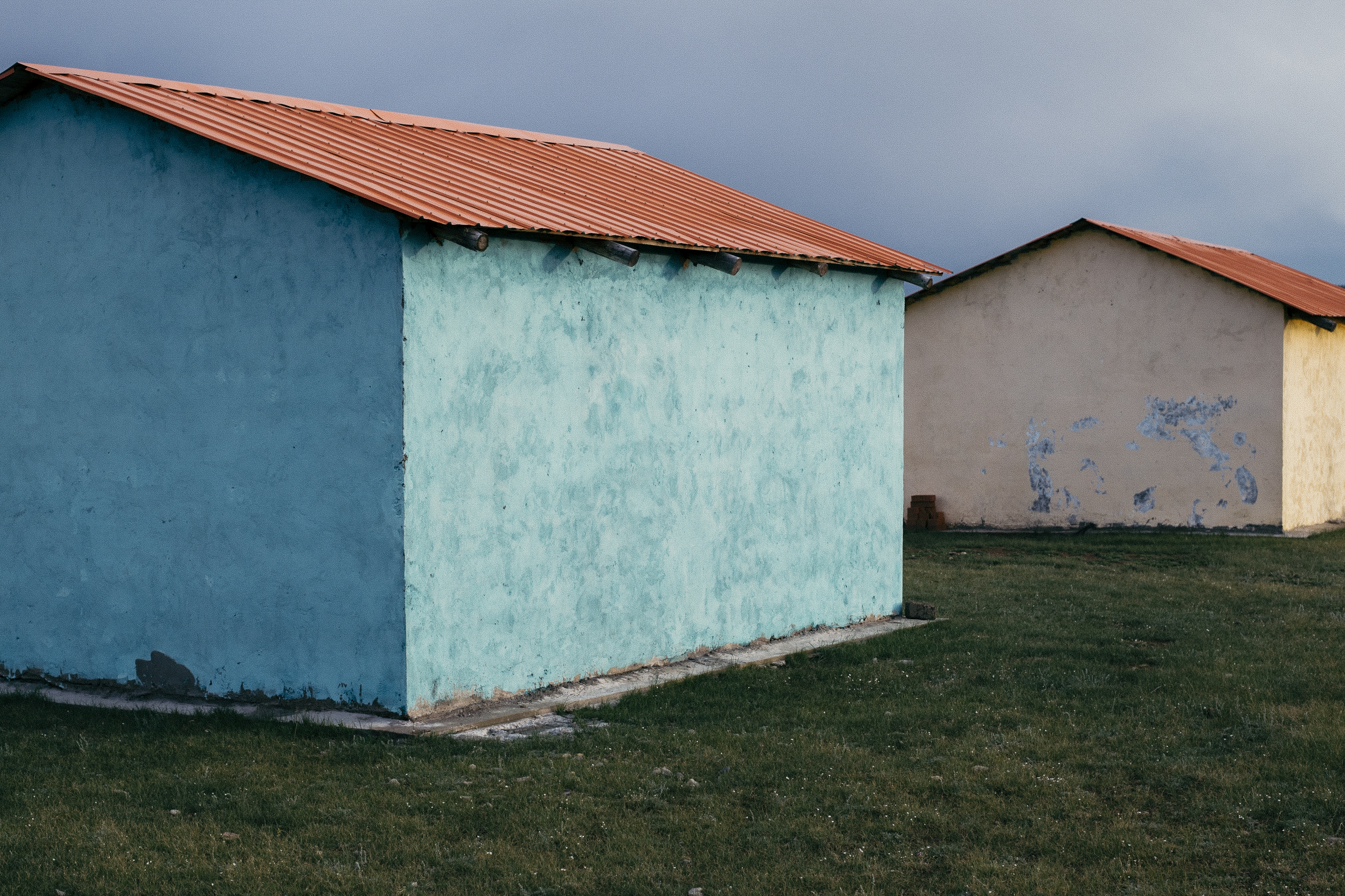
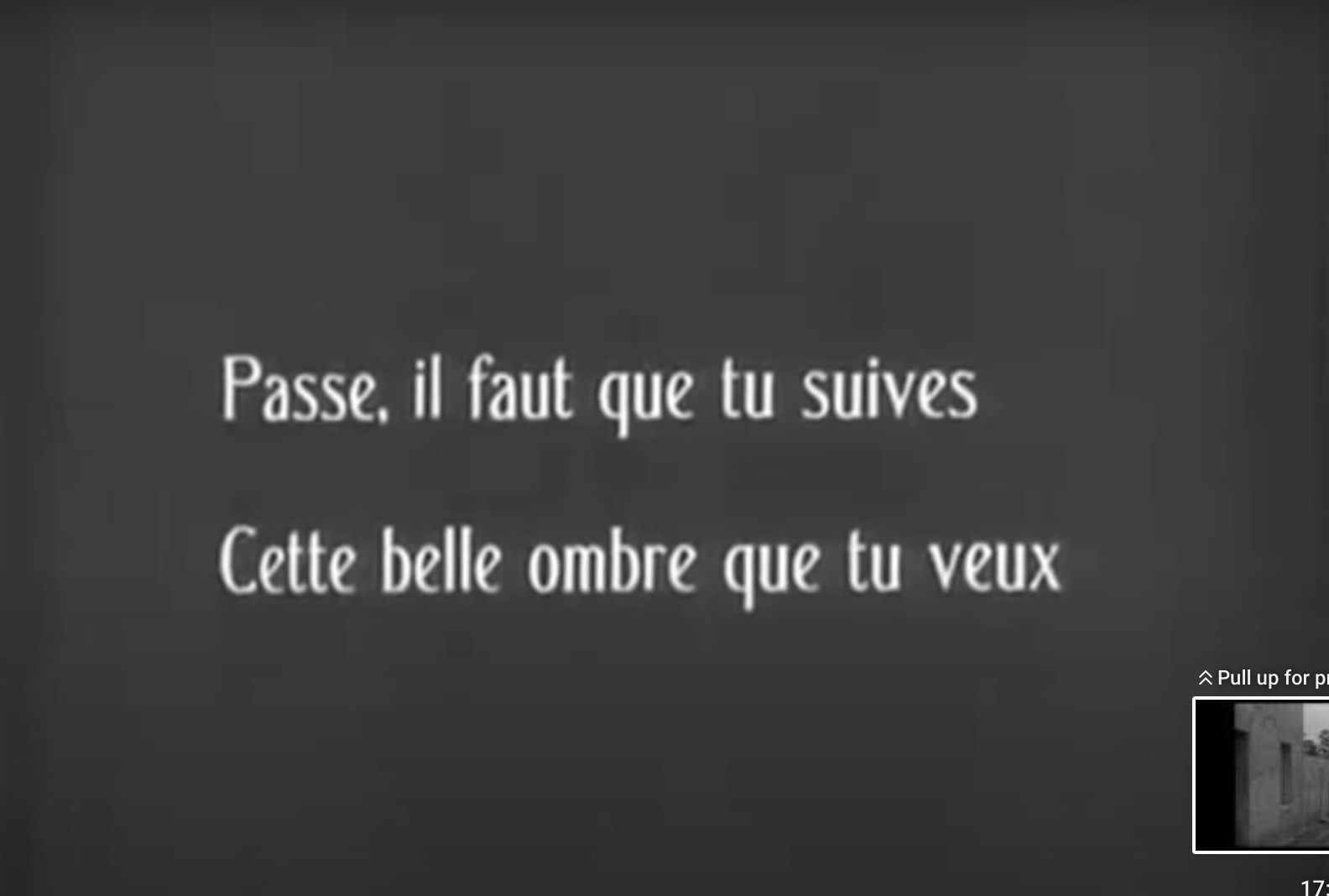
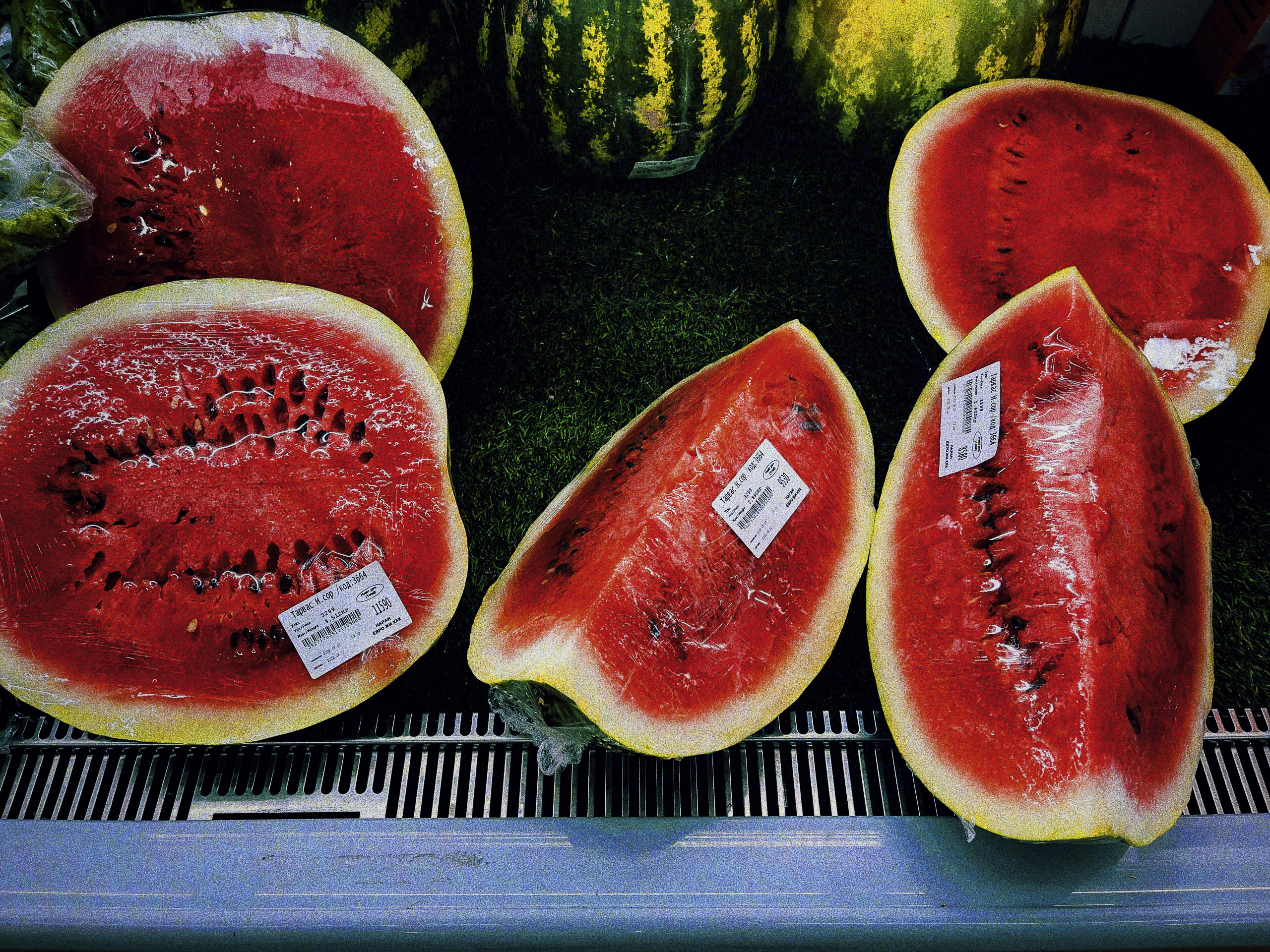
 Art is, in a way, creating something out of nothing. But photography, in its very essence, does not create something from nothing, it is a device for copying existing images.
Art is, in a way, creating something out of nothing. But photography, in its very essence, does not create something from nothing, it is a device for copying existing images.